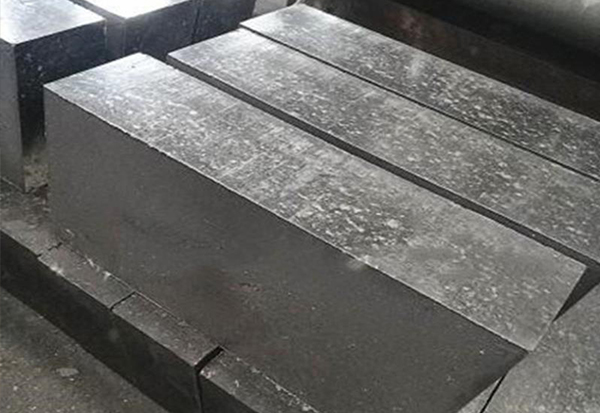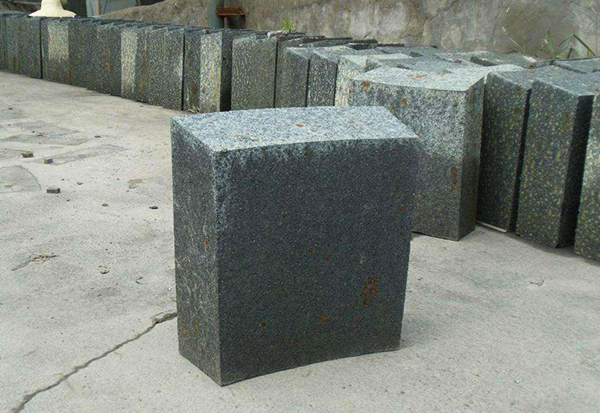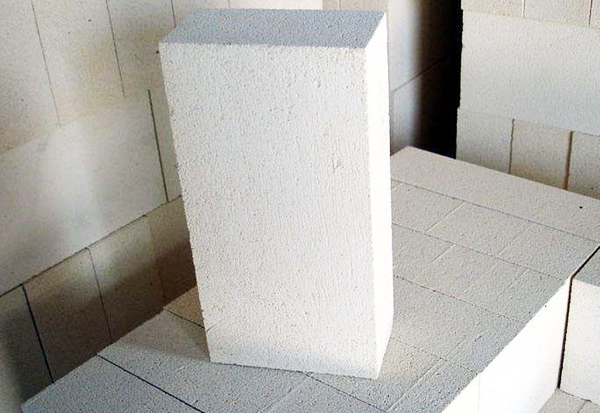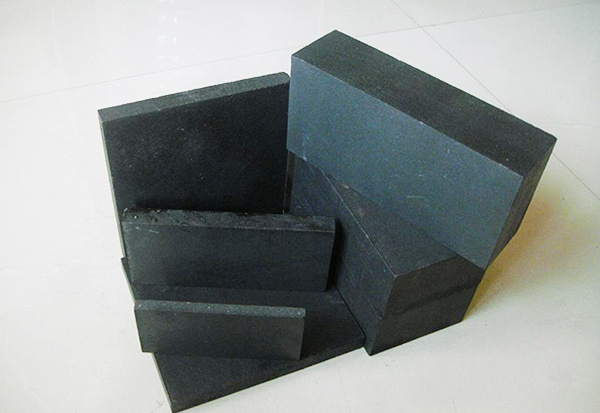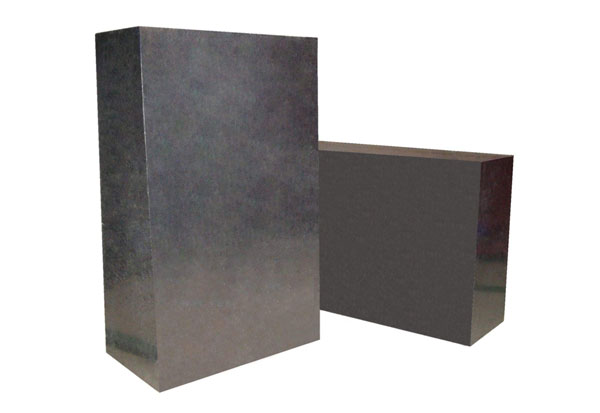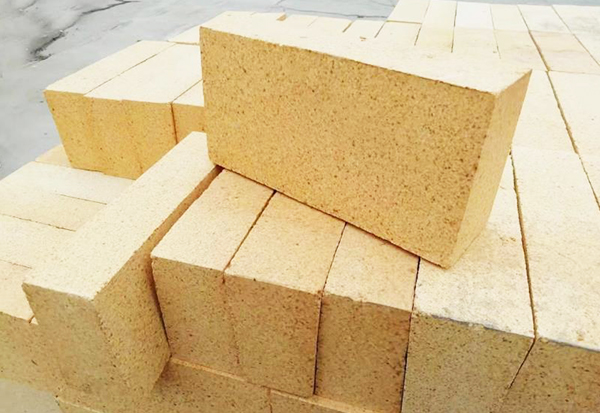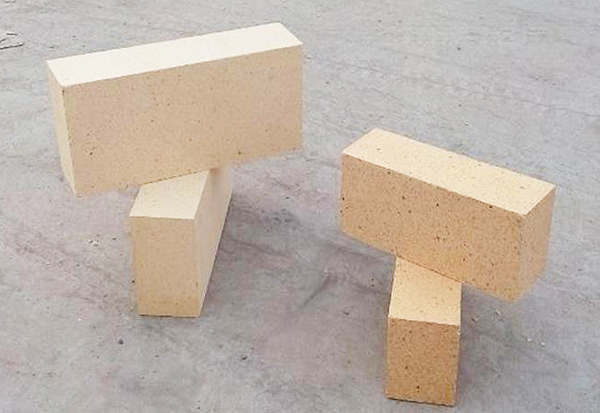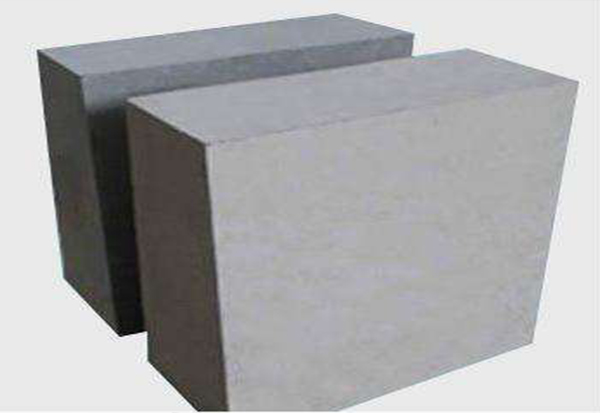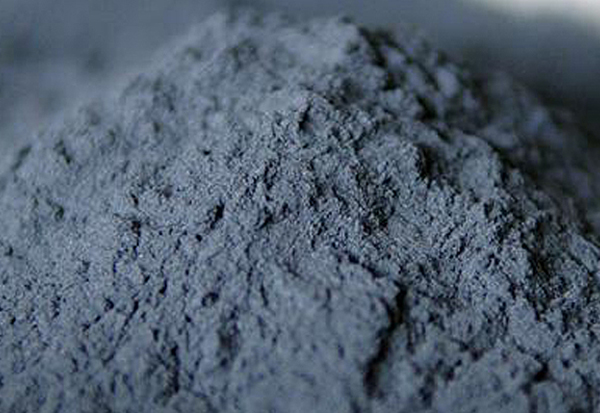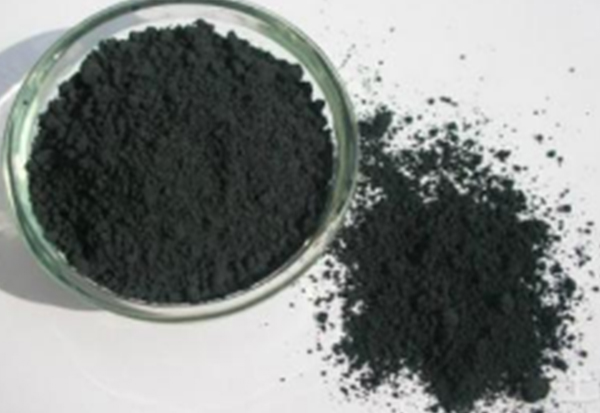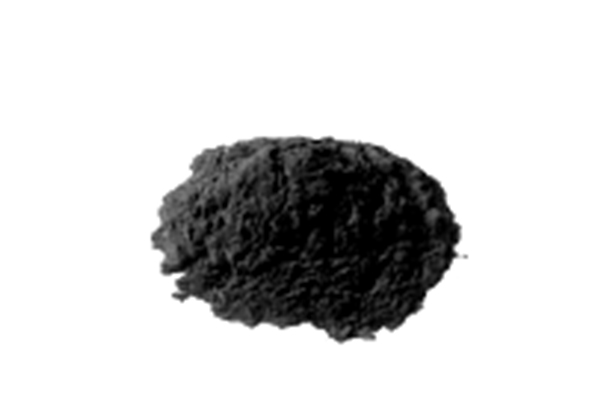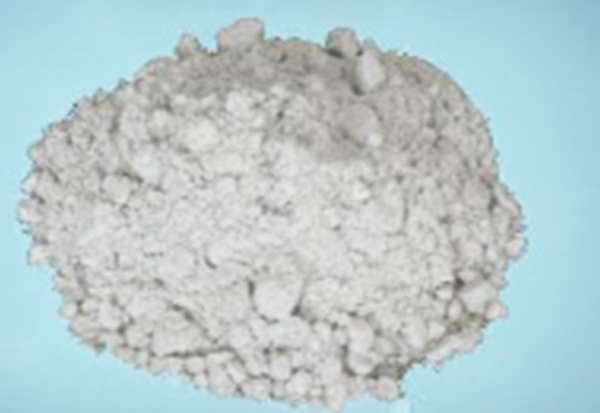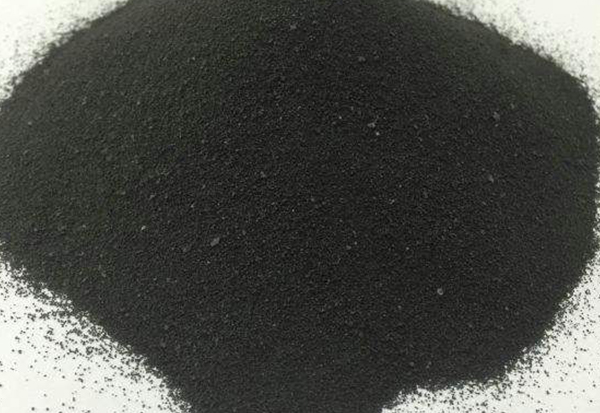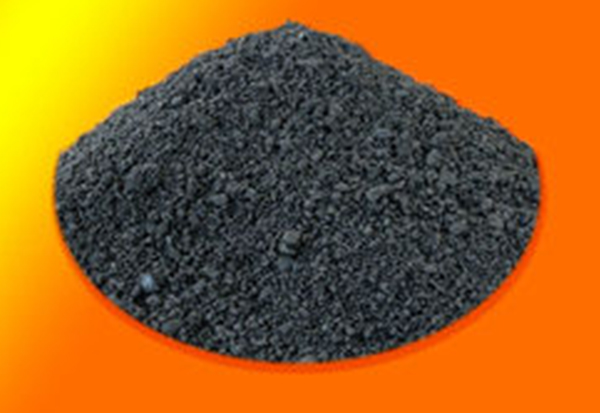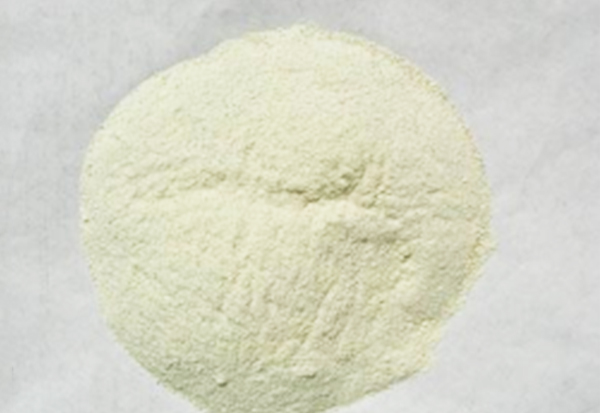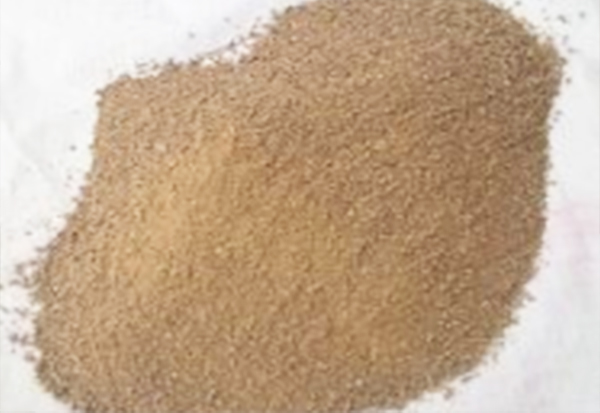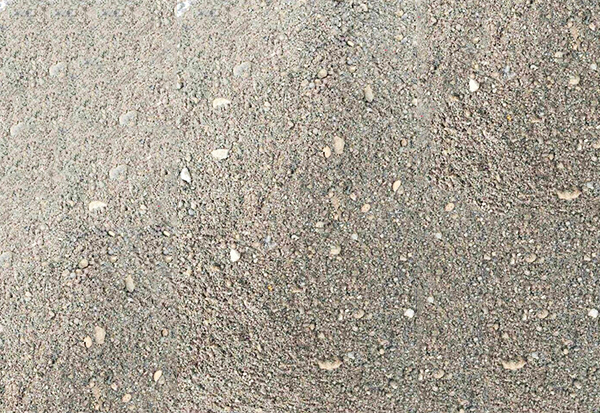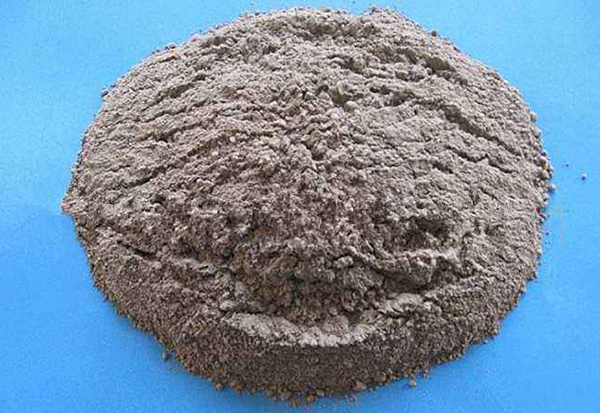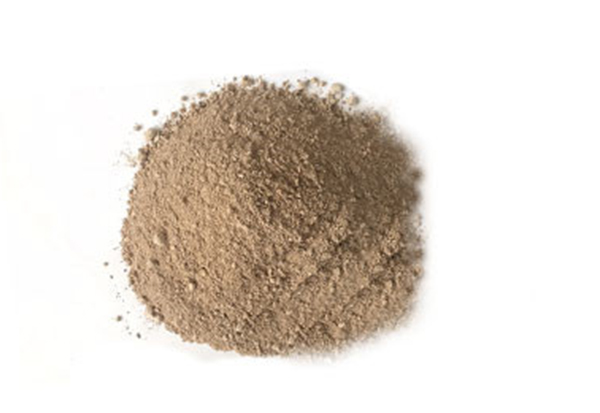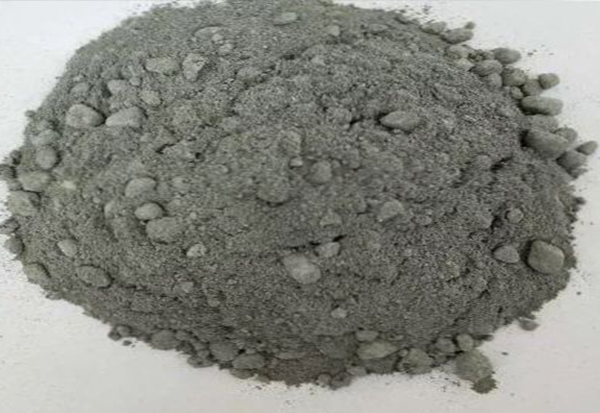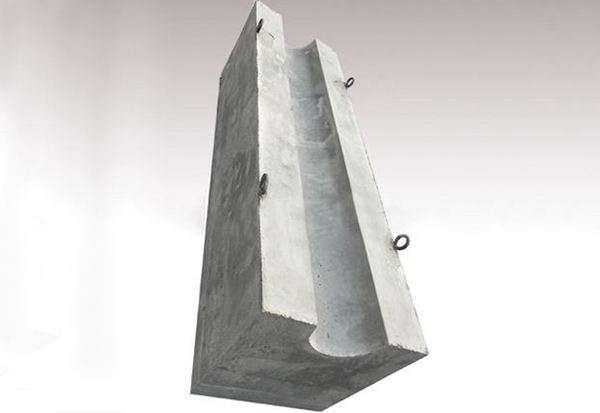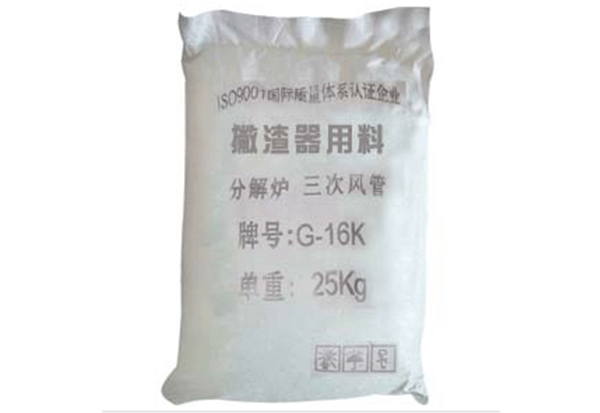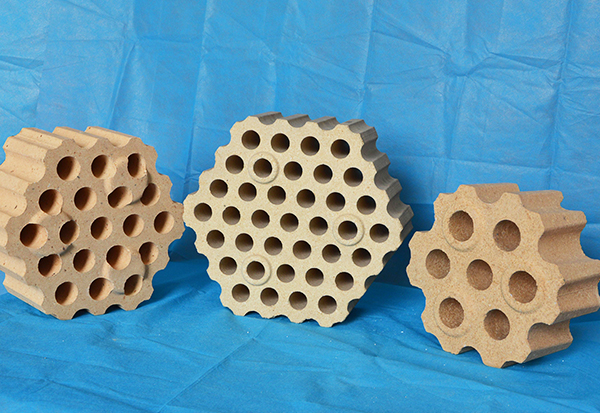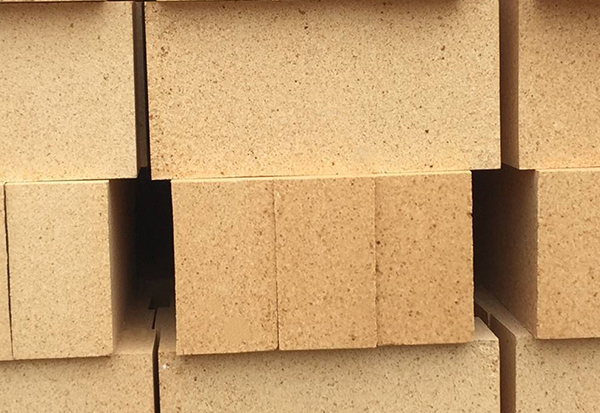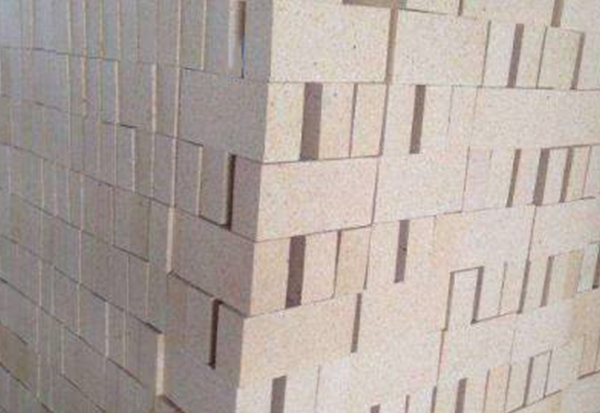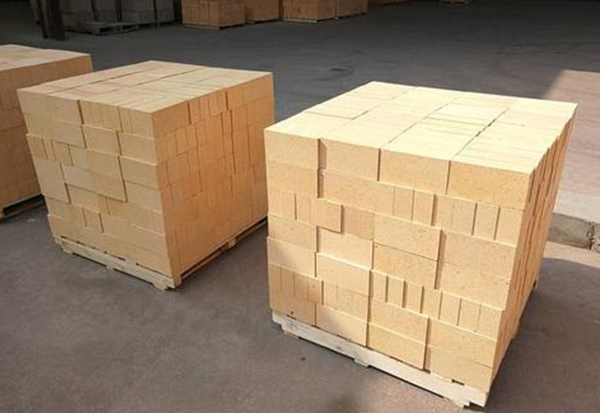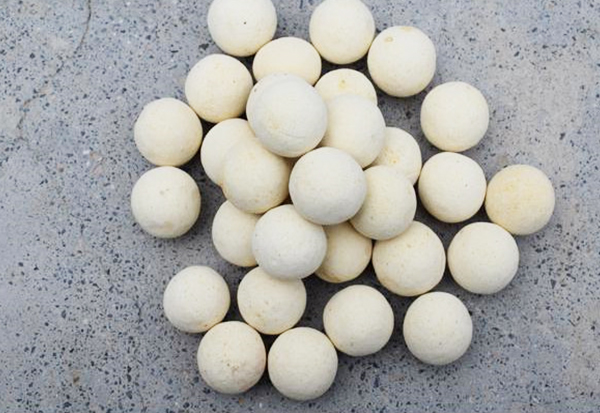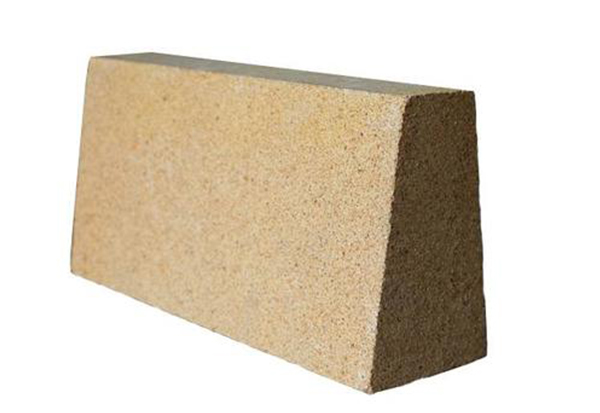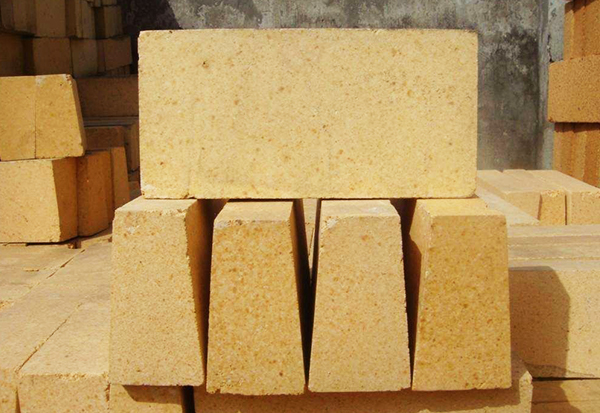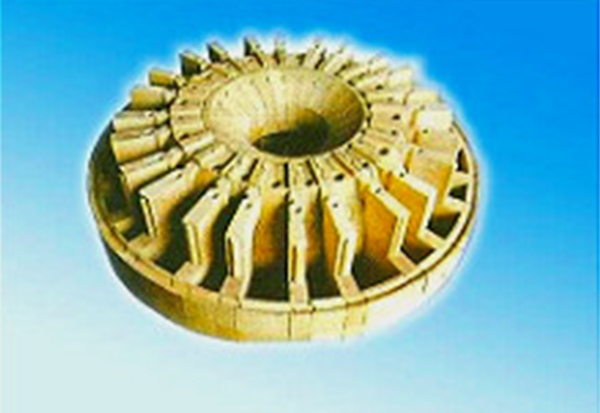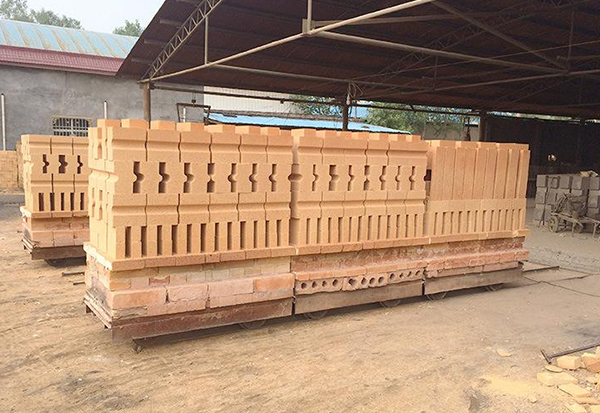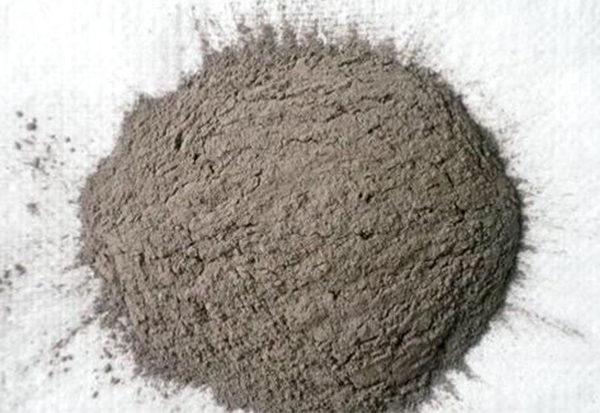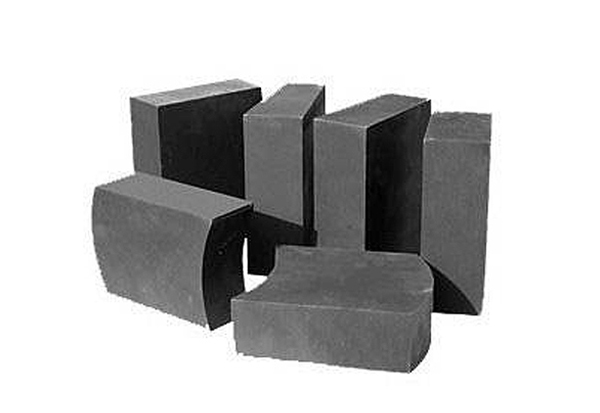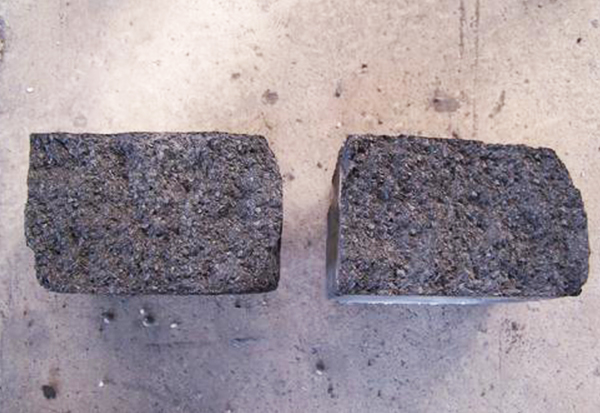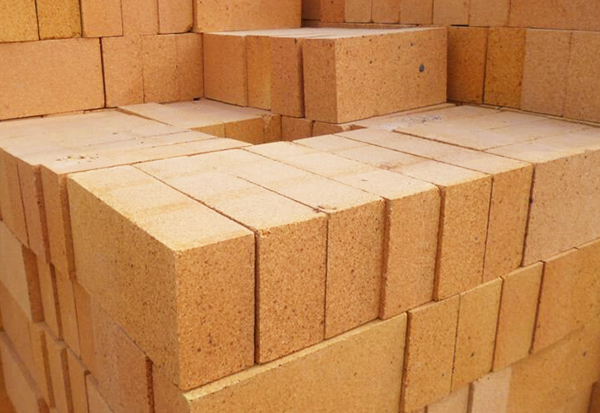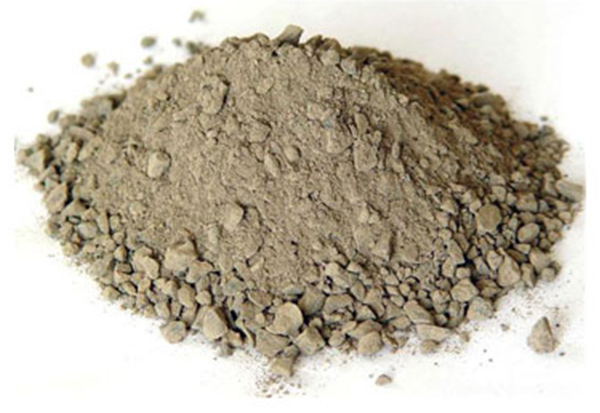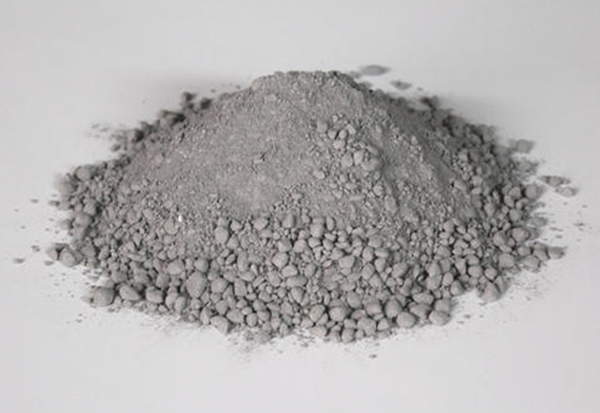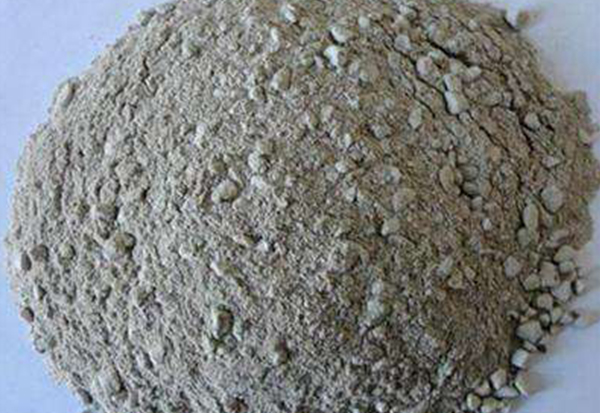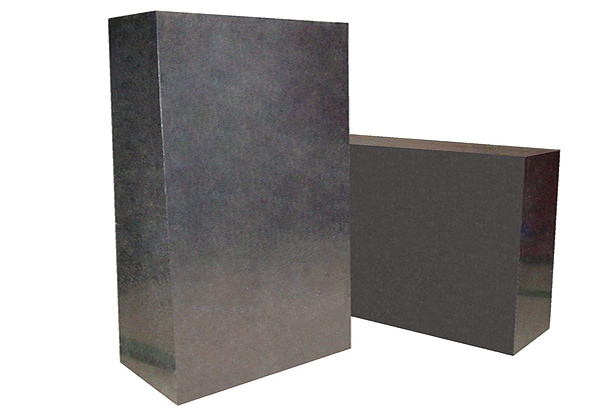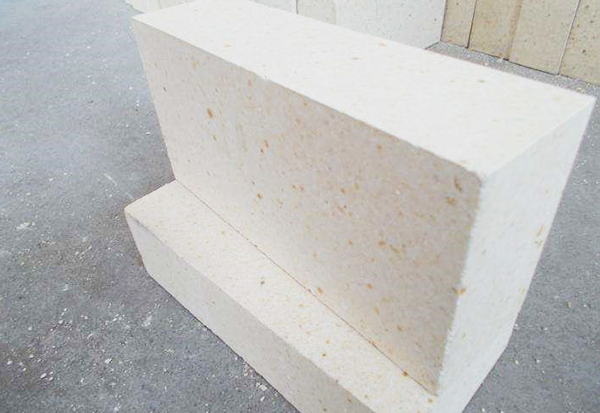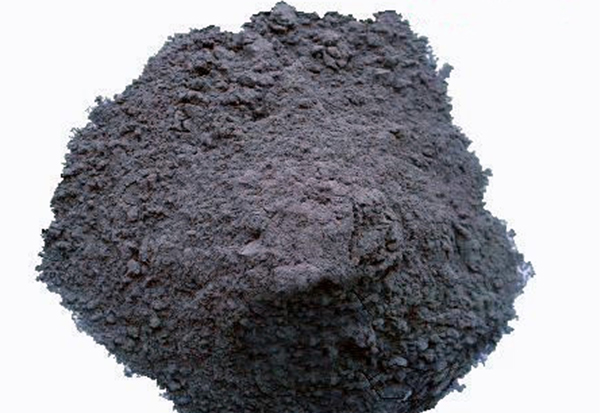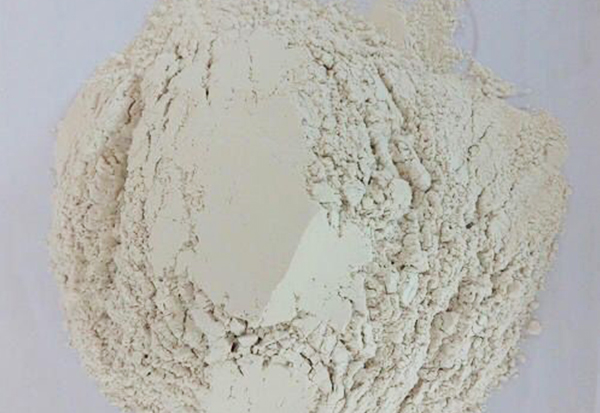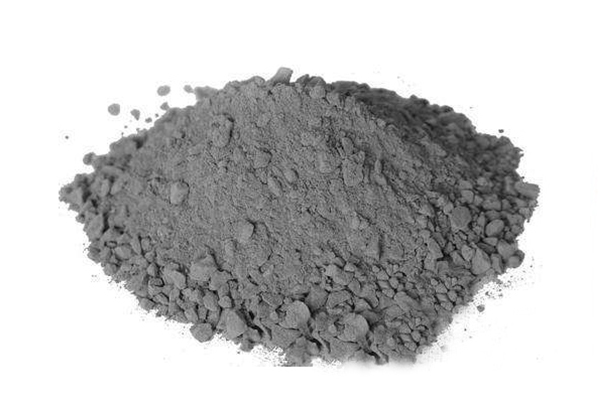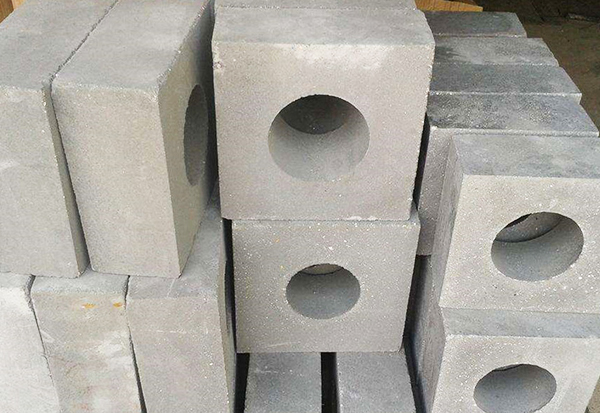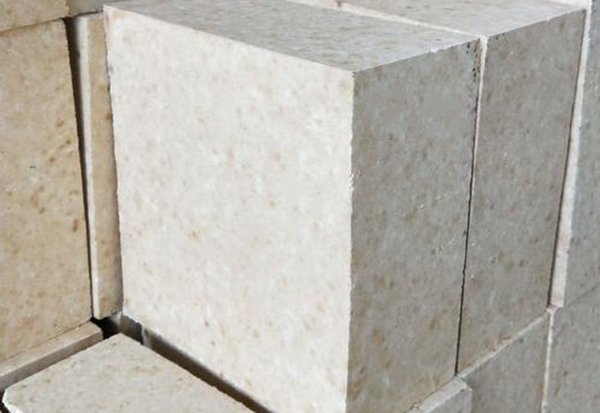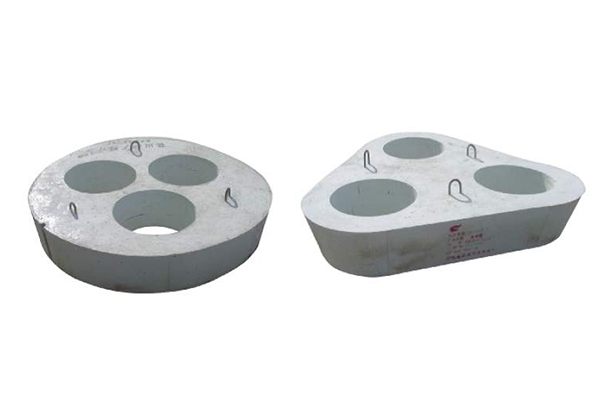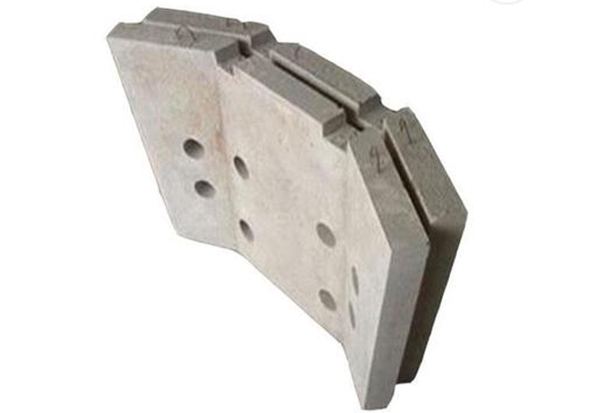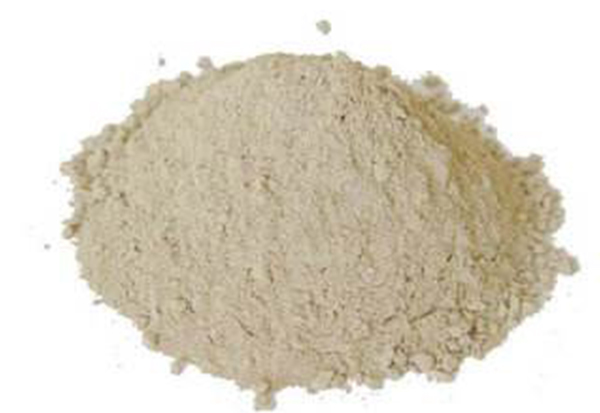What are the amorphous refractories
发布时间:2020-06-24
浏览:次
There are two kinds of amorphous refractories: compact and heat insulation. According to the properties of hardening process and bond, they are divided into ceramic bond (hardening due to sintering during calcination), hydraulic bond (hardening due to condensation and hydration reaction at room temperature), chemical bond (hardening by chemical reaction rather than hydration reaction at room temperature or below the temperature of ceramic bond), organic bond (hardening by chemical reaction at normal temperature or below the temperature of ceramic bond) Bonding or hardening at or slightly higher temperatures).
According to the type of use, the amorphous refractories can also be divided into three categories: integral construction materials and repair materials, masonry and joint materials, and refractory coating materials.
Materials for overall construction and repair include:
(1) Refractory ramming material.
It can be directly constructed or used after mixing with some liquid, and it is constructed by ramming, mostly hardened under the heating effect higher than normal temperature.
(2) Fire resistant plastic.
It is delivered as plastic soft billet or irregular shape material mass, which can be directly used, and constructed by means of ramming, vibrating, pressing or extrusion, and hardened during calcination.
(3) Refractory castable.
Delivery of dry materials, use after adding water or mixing with other liquids, construction by pouring, vibrating and tamping, construction by tamping if necessary, condensation and hardening without heating.
(4) Fire resistant spray coating.
A kind of mixture specially prepared for the construction of pneumatic machinery or mechanical spraying. Its hardening characteristics can be divided into one of the first three kinds.
Masonry and joint materials are refractory mud. Construction with spatula or similar tools can also be used for filling joints or dipping blocks, including hydraulic bonding, ceramic bonding and chemical bonding.
Refractory coating is a mixture of fine aggregate and binder. All kinds of binders can be used. The water content (or other liquid) is generally higher than that of fire-resistant mud, and the construction is carried out by hand, pneumatic machinery or mechanical spraying.
On the basis of the above classification method, further classify and name the aggregate according to the properties of the main components of the mixture and / or determine the characteristics of the mixture, such as high alumina refractory plastic, clay low cement refractory castable and corundum ultra-low cement refractory castable, etc.
Compared with the shaped refractory products, the advantages of the shaped refractory materials are as follows:
(1) The factory covers a small area, does not need forming and firing processes, has little energy consumption and low investment and operating costs.
(2) It can obviously reduce the variety and quantity of special-shaped brick, and is convenient for material preparation and construction.
(3) The lining has good integrity, improves strength and air tightness, and reduces heat loss.
(4) With metal or ceramic anchors, or reinforced with stainless steel fiber, the mechanical vibration and thermal shock resistance can be improved, and the damaged parts can also be partially repaired.
(5) It is convenient for storage and transportation, and is conducive to the mechanization of furnace construction. Only the construction management must be strict, otherwise it will affect the physical and chemical properties and service life of furnace lining. In some cases, the amorphous refractory materials are used as prefabricated components.
Material selection:
Refractory products and dense amorphous refractories are mainly used for the refractory layer of high temperature furnace lining. Heat insulation refractory products and light castables are generally used between the refractory layer and heat insulation layer of high temperature furnace lining, or directly used as the heat insulation layer of medium and low temperature furnace lining, except for the refractory layer of medium temperature furnace lining. There are few cases of using single refractory as furnace lining, the common one is composite furnace lining: the most inner layer is mainly fire-resistant performance, and the other layers are mainly heat insulation performance. The heat insulation layer can not only reduce heat loss and heat storage loss, but also improve the heating speed and cooling speed of the furnace, as well as the efficiency, operation rate and output of the furnace. In addition, the structure of the furnace is simplified and the dead weight of the furnace is reduced.
The performance of refractories has three aspects:
(1) Mechanical properties. Such as compressive strength and flexural strength.
(2) Chemical properties. Such as slag resistance, reaction with controlled atmosphere.
(3) Physical properties. Such as bulk density, refractoriness, load softening temperature, thermal expansion rate, reheating line change rate, thermal shock stability, thermal conductivity and specific heat capacity. According to the use of refractories, starting from the comprehensive comparison of various properties needed, several refractories are selected respectively, and finally confirmed according to the investment and economic benefits. Because some important indexes (such as service life) are not easy to calculate quantitatively, they can only be arranged and compared according to the priority degree when selecting materials, so design experience and use experience still play a considerable role in selecting materials. According to the furnace design conditions and factors to be considered, the corresponding characteristics of refractories are summarized as table
(4) According to the different parts used, the material characteristics to be considered in material selection are shown in the table
(5) The development trend of refractory for furnace is variety, high quality and energy saving. With the development of production technology, in addition to the refractory and heat insulation layer of furnace lining, refractory fiber products with high temperature resistance are gradually applied to the refractory layer of furnace lining. The goal of material selection is to select the appropriate refractory varieties according to the type of furnace and different use parts, improve the furnace structure design, build multi-layer composite furnace lining, make each layer of materials in different temperature areas close to the same period of failure, so as to extend the overall service life of furnace lining.
Display of Hot Products
You may be interested in the following information?


